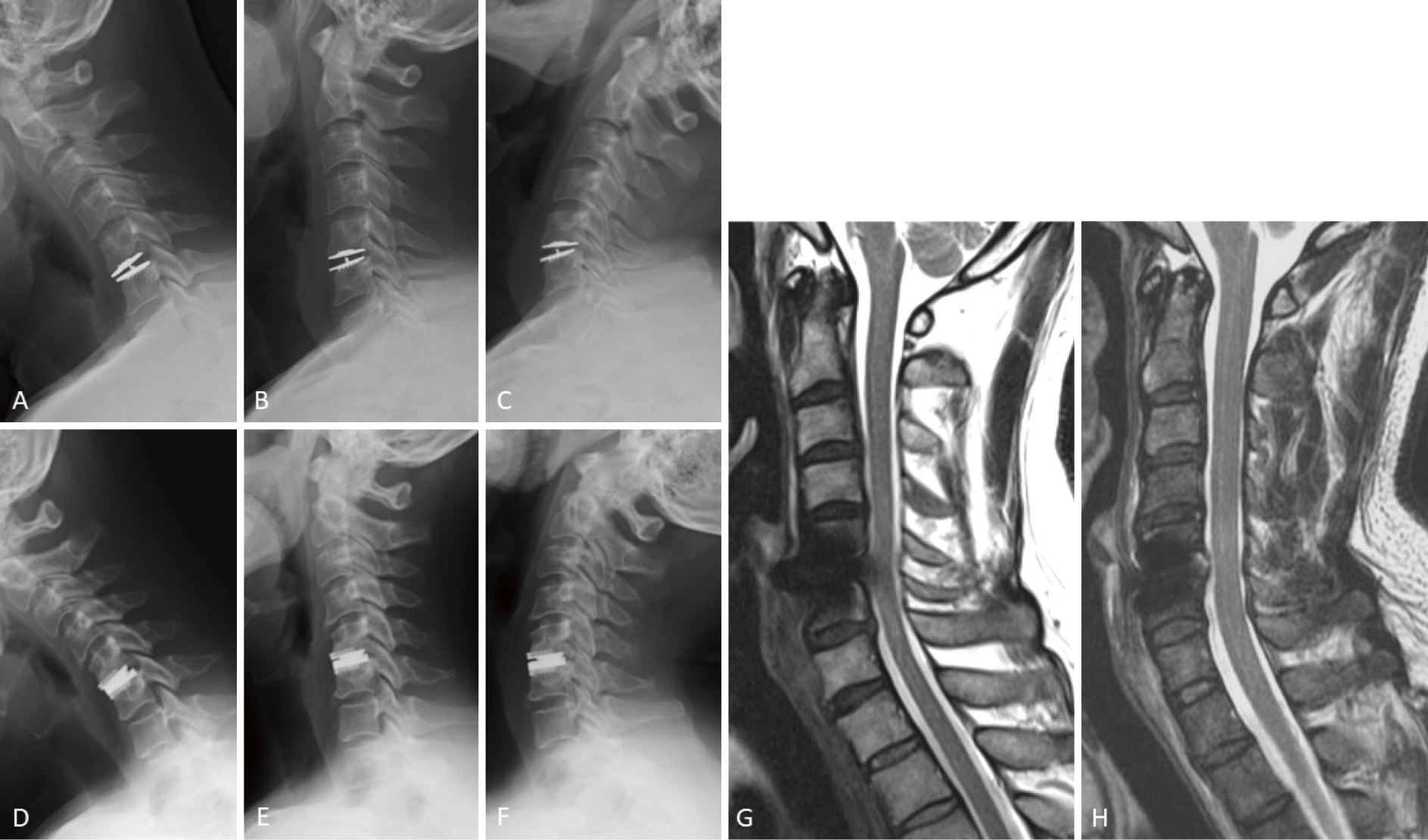- 著者
- Hiroyuki TAKAO Dai WATANABE Satoshi TANI Hiroki OHASHI Tosihiro ISHIBASHI Kohei TAKESHITA Shigeyuki MURAKAMI Tetsuya NISHIMOTO Kohei YUGE Kostadin KARAGIOZOV Toshiaki ABE Yuichi MURAYAMA
- 出版者
- The Japan Neurosurgical Society
- 雑誌
- Neurologia medico-chirurgica (ISSN:04708105)
- 巻号頁・発行日
- pp.oa.2021-0149, (Released:2021-10-14)
- 参考文献数
- 18
- 被引用文献数
- 1
A simulation model was developed to better understand the mechanisms of brain injuries in sports. A three-dimensional model comprising approximately 1.22 million elements was constructed from cranial computed tomography images of adult male volunteers by the voxel method. To simulate contact sports that permit actions such as tackling, a sinusoidal wave with duration of 10 ms and maximum acceleration of 2000 m/s2 was applied to the lowest point of the model to apply rotational acceleration to the head from different directions. The von Mises stress was then observed at five points in the coronal plane of the brain: cingulate gyrus (CG), corpus callosum (CC), brain stem (BS), lateral temporal lobe (LT), and medial temporal lobe (MT). LS-DYNA universal finite element analysis software with explicit time integration was used for the analysis. Concentrations of stress started to appear in the CC and BS at 10 ms post-impact, after which they also became evident in the CG and MT. The maximum changes in stress at each location occurred 10–15 ms post-impact. The von Mises stress was 9–14 kPa in the CG, 8–24 kPa in the CC, 12–24 kPa in the BS, 7–12 kPa in the LT, and 12–18 kPa in the MT. The highest stress in every part of the brain occurred after lateral impact, followed by oblique impact and sagittal impact. Such simulations may help elucidate the mechanisms of brain injuries in sports and help develop measures to prevent chronic traumatic encephalopathy.
- 著者
- Toshihiro TAKAMI Takeshi HARA Masahito HARA Toshihiko INUI Kiyoshi ITO Izumi KOYANAGI Junichi MIZUNO Masaki MIZUNO Hiroyuki NAKASE Nobuyuki SHIMOKAWA Taku SUGAWARA Shinsuke SUZUKI Toshiyuki TAKAHASHI Masakazu TAKAYASU Satoshi TANI Kazutoshi HIDA Phyo KIM Hajime ARAI Neurospinal Society of Japan The Japan Neurosurgical Society
- 出版者
- The Japan Neurosurgical Society
- 雑誌
- Neurologia medico-chirurgica (ISSN:04708105)
- 巻号頁・発行日
- pp.2022-0148, (Released:2022-10-13)
- 参考文献数
- 74
- 被引用文献数
- 2
Anterior cervical disc replacement (ACDR) using cervical artificial disc (CAD) has the advantage of maintaining the range of motion (ROM) at the surgical level, subsequently reducing the postoperative risk of adjacent disc disease. Following the approval for the clinical use in Japan, a post-marketing surveillance (PMS) study was conducted for two different types of CAD, namely, Mobi-C (metal-on-plastic design) and Prestige LP (metal-on-metal design). The objective of this prospective observational multicenter study was to analyze the first 2-year surgical results of the PMS study of 1-level ACDR in Japan. A total of 54 patients were registered (Mobi-C, n = 24, MC group; Prestige LP, n = 30, PLP group). Preoperative neurological assessment revealed radiculopathy in 31 patients (57.4%) and myelopathy in 15 patients (27.8%). Preoperative radiological assessment classified the disease category as disc herniation in 15 patients (27.8%), osteophyte in 6 patients (11.1%), and both in 33 patients (61.1%). The postoperative follow-up rates at 6 weeks, 6 months, 1 year, and 2 years after ACDR were 92.6%, 87.0%, 83.3%, and 79.6%, respectively. In both groups, patients' neurological condition improved significantly after surgery. Radiographic assessment revealed loss of mobility at the surgical level in 9.5% of patients in the MC group and in 9.1% of patients in the PLP group. No secondary surgeries at the initial surgical level and no serious adverse events were observed in either group. The present results suggest that 1-level ACDR is safe, although medium- to long-term follow-up is mandatory to further verify the validity of ACDR for Japanese patients.
- 著者
- Kazuma DOI Satoshi TANI Toshiyuki OKAZAKI Junichi MIZUNO
- 出版者
- The Japan Neurosurgical Society
- 雑誌
- Neurologia medico-chirurgica (ISSN:04708105)
- 巻号頁・発行日
- pp.2022-0325, (Released:2023-04-06)
- 参考文献数
- 16
Cylindrical cages were known to cause subsidence after anterior cervical discectomy and fusion (ACDF); hence, they were gradually replaced by box-shaped cages. However, this phenomenon has been inconclusive due to limited information and short-term results. Therefore, this study aimed to clarify risk factors for subsidence after ACDF using titanium double cylindrical cages with mid-term follow-up periods. This retrospective study included 49 patients (76 segments) diagnosed with cervical radiculopathy or myelopathy caused by disc herniation, spondylosis, and ossification of the posterior longitudinal ligament. These patients underwent ACDF using these cages from January 2016 to March 2020 in a single institution. Patient demographics and neurological outcomes were also examined. Subsidence was defined as a ≥3-mm segmental disc height decrease at the final follow-up lateral X-ray compared to that on the next day postoperatively. Subsidence occurred in 26 of 76 segments (34.7%) within the follow-up periods of approximately three years. Multivariate analysis using a logistic regression model demonstrated that multilevel surgery was significantly associated with subsidence. The majority of patients achieved good clinical outcomes based on the Odom criteria. This study demonstrated that multilevel surgery was the only risk factor of subsidence post-ACDF with double cylindrical cages. Despite the relatively high subsidence rates, the clinical outcome was almost good at least during the mid-term period.

